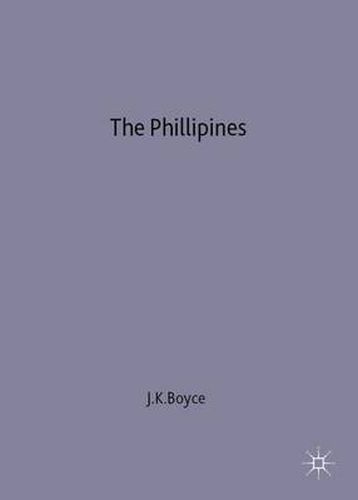Readings Newsletter
Become a Readings Member to make your shopping experience even easier.
Sign in or sign up for free!
You’re not far away from qualifying for FREE standard shipping within Australia
You’ve qualified for FREE standard shipping within Australia
The cart is loading…






This title is printed to order. This book may have been self-published. If so, we cannot guarantee the quality of the content. In the main most books will have gone through the editing process however some may not. We therefore suggest that you be aware of this before ordering this book. If in doubt check either the author or publisher’s details as we are unable to accept any returns unless they are faulty. Please contact us if you have any questions.
This book analyzes the Philippine economy from the 1960s to the 1980s. During this period, the benefits of economic growth conspicuously failed to ‘trickle down’. Despite rising per capita income, broad sectors of the Filipino population experienced deepening poverty. Tracing this outcome to the country’s economic and political structure, Professor Boyce focuses upon three central elements of the government’s development strategy: the ‘green revolution’ in rice agriculture; the primacy accorded to export agriculture and forestry; and massive external borrowing.
$9.00 standard shipping within Australia
FREE standard shipping within Australia for orders over $100.00
Express & International shipping calculated at checkout
This title is printed to order. This book may have been self-published. If so, we cannot guarantee the quality of the content. In the main most books will have gone through the editing process however some may not. We therefore suggest that you be aware of this before ordering this book. If in doubt check either the author or publisher’s details as we are unable to accept any returns unless they are faulty. Please contact us if you have any questions.
This book analyzes the Philippine economy from the 1960s to the 1980s. During this period, the benefits of economic growth conspicuously failed to ‘trickle down’. Despite rising per capita income, broad sectors of the Filipino population experienced deepening poverty. Tracing this outcome to the country’s economic and political structure, Professor Boyce focuses upon three central elements of the government’s development strategy: the ‘green revolution’ in rice agriculture; the primacy accorded to export agriculture and forestry; and massive external borrowing.